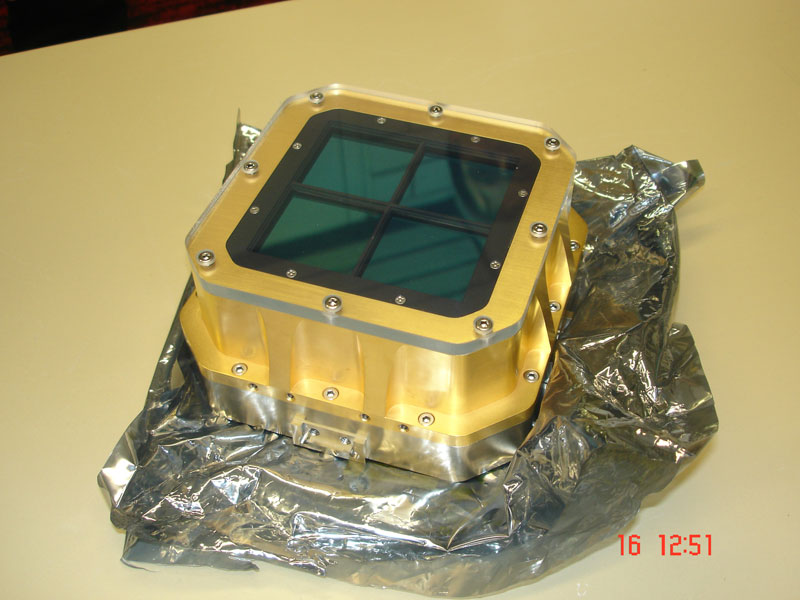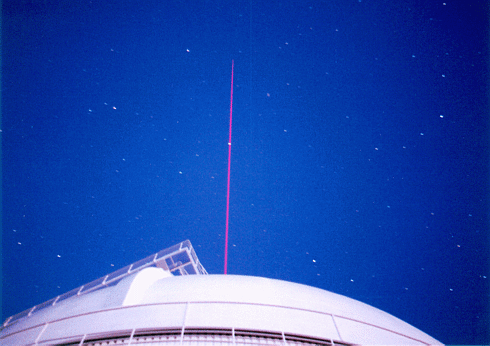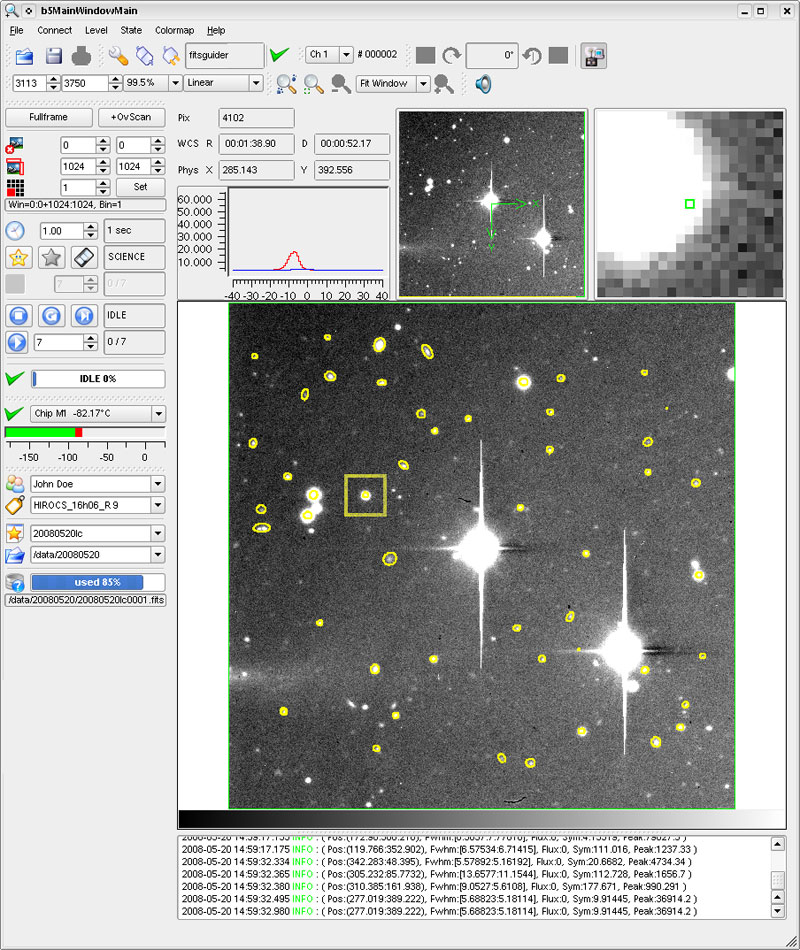| Version 116 (modified by , 9 years ago) (diff) |
|---|
The AstroTechTalk (ger) offers a place to discuss, for all interested colleagues and especially for the technical departments, the project leaders, the administration and the scientists as the ultimately users:
- status of instrumentation projects
- scientific tasks and features of the instruments in construction or planned
- new possible involvements
- technical innovations and developments
- technical problems and their solutions
- logistical problems and their solutions
- how to improve operation and observation
- project standards.
Time: Always Fridays 11:00 - 12:00
Location: Hörsaal
Outline:
- Announcements (news, visitors, etc.) (mainly in German)
- Talk of about 30 min about a selected topic (German or English, will be announced)
- Follow up discussion and questions (German or English, depending on the speaker)
Please send proposals for talks via e-mail to: gaessler, hofferbert - or also available in room 021 or 211.
| Date | Speaker | Topic |
| 18.09.2015 | Martin Kuerster Kai Noeske | How big is the universe? Most astronomers believe the universe is infinite. But do we really know this? We have to get an idea of the biggest we can think of, to answer this question. This can only work if, since the beginning, the universe follows everywhere the same rules. The rules, which we know from our local cosmic neighborhood. That is to say, all laws of nature are valid at any place at any time - what is not self-evident. The presentation will explain the known universe by continuously traveling farther away into space and back in time. It will be explained how astronomers measure the distances in the universe to get an idea of its size. And, we will follow the evolution of the universe starting at the most extreme physical state of the universe - the big bang. Presentation: German Slides: German Questions: German, English The history of light in the universe Nearly all visible light is created in the outer layer of stars. Therefore, the visible light of the universe explains the history of a star and when it was born. We will learn how the birth of stars is connected with large structures of matter and the galaxies. The understanding of the history and the birth of stars plays a key role in understanding the universe and its evolution. This knowledge explains the assembly of structure in dark matter, tells us about physics behind the birth of stars and gas in galaxies and helps to understand the creation of heavy chemical elements, which finally lead to the generation of earth like planets and the live on it. As of late, the history of stars can be observed with large telescopes from ground and space up to more than 12 billion years into the past and in short even to a 100 million years after the big bang. These observations are accompanied by enormous computer simulations to understand the physics in the stars and in the Galaxies better and better. Presentation: German Slides: German Questions: German, English |
| 25.09.2015 | Markus Feldt | SPHERE - Lessons learned? |
| 02.10.2015 | ||
| 09.10.2015 | ||
| 16.10.2015 | ||
| 23.10.2015 | Joerg-Uwe Pott | MICADO |
| 30.10.2015 | ||
| 06.11.2015 | ||
| 13.11.2015 | Diethard Peter | Hologramms and their use |
| 20.11.2015 | Klaus Meisenheimer | PANIC - Lessons learned? |
| 27.11.2015 | ||
| 04.12.2015 | ||
| 11.12.2015 | -- | Christmas party |
| 18.12.2015 | Dietrich Lemke | Fraunhofer & Co. |
| 25.12.2015 | -- | Christmas |
Preview:
--
Postview:
Attachments (11)
- instrum8_gr.jpg (82.6 KB) - added by 10 years ago.
- instrum4_gr.jpg (104.4 KB) - added by 10 years ago.
- pedv3_gr.jpg (213.9 KB) - added by 10 years ago.
- alfa3.5.gif (235.6 KB) - added by 10 years ago.
- CIAO.jpg (3.8 MB) - added by 8 years ago.
- linc_nirvana_labor.jpg (255.2 KB) - added by 8 years ago.
- MATISSE.jpg (43.1 KB) - added by 8 years ago.
- miri_fm_filterwheel.jpg (145.6 KB) - added by 8 years ago.
- PACS-Chopper.jpg (80.0 KB) - added by 8 years ago.
- simple_loop.gif (965.4 KB) - added by 8 years ago.
- teaser.jpg (13.5 KB) - added by 8 years ago.
Download all attachments as: .zip




